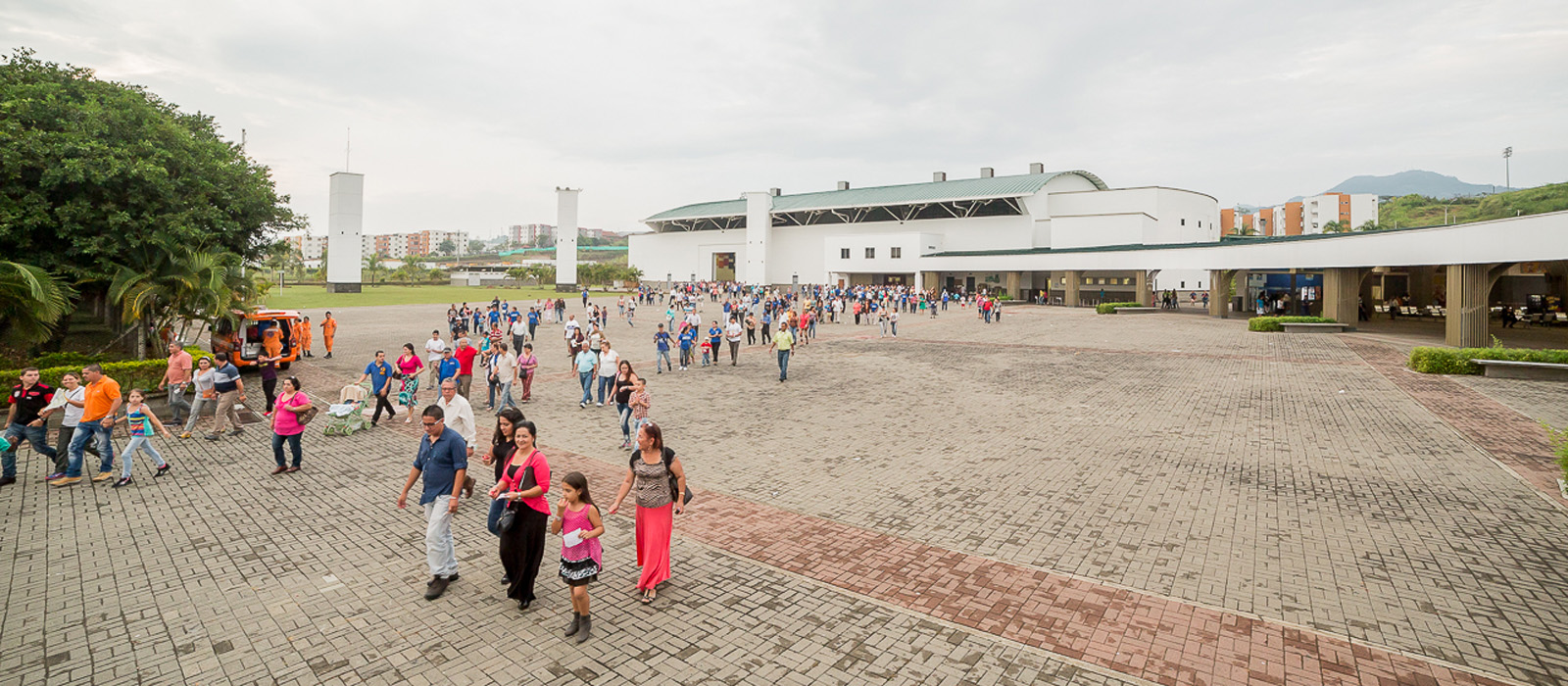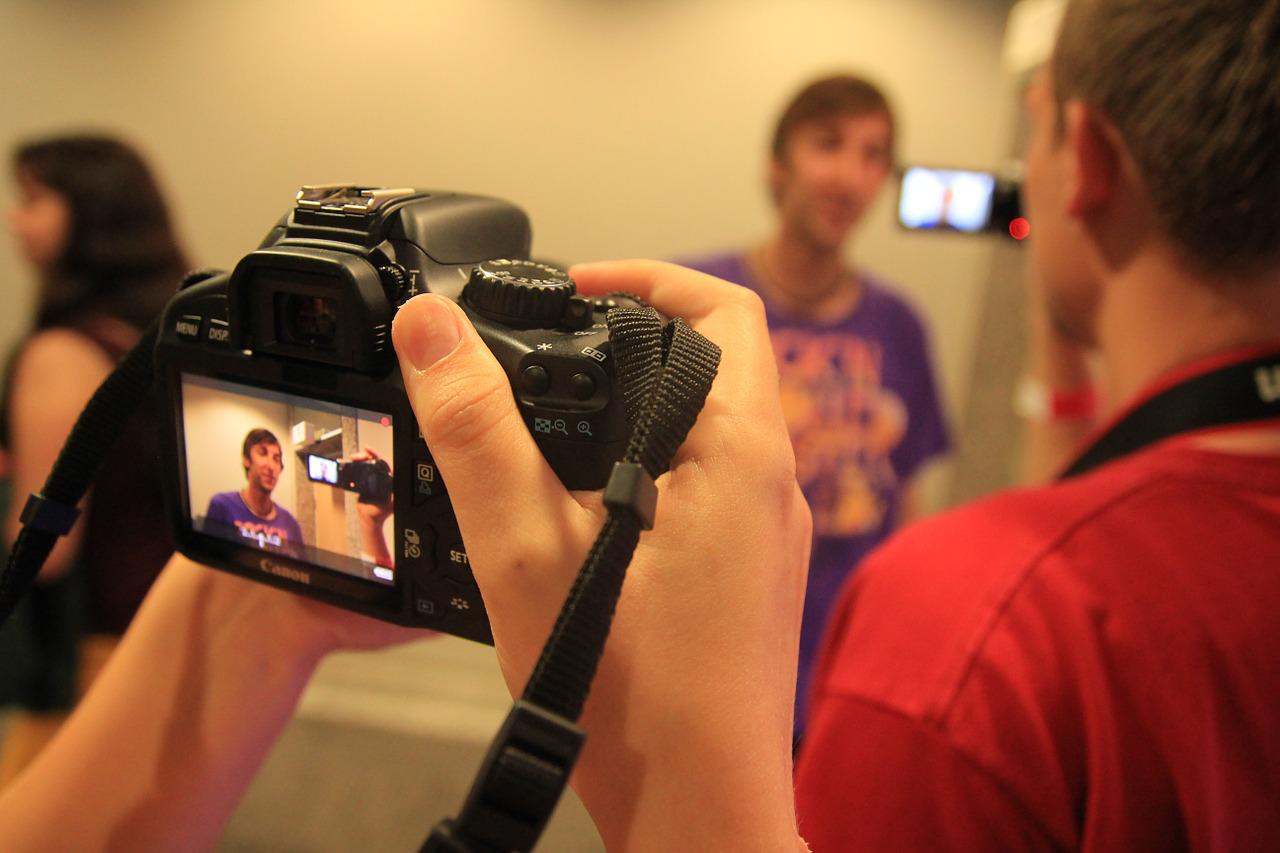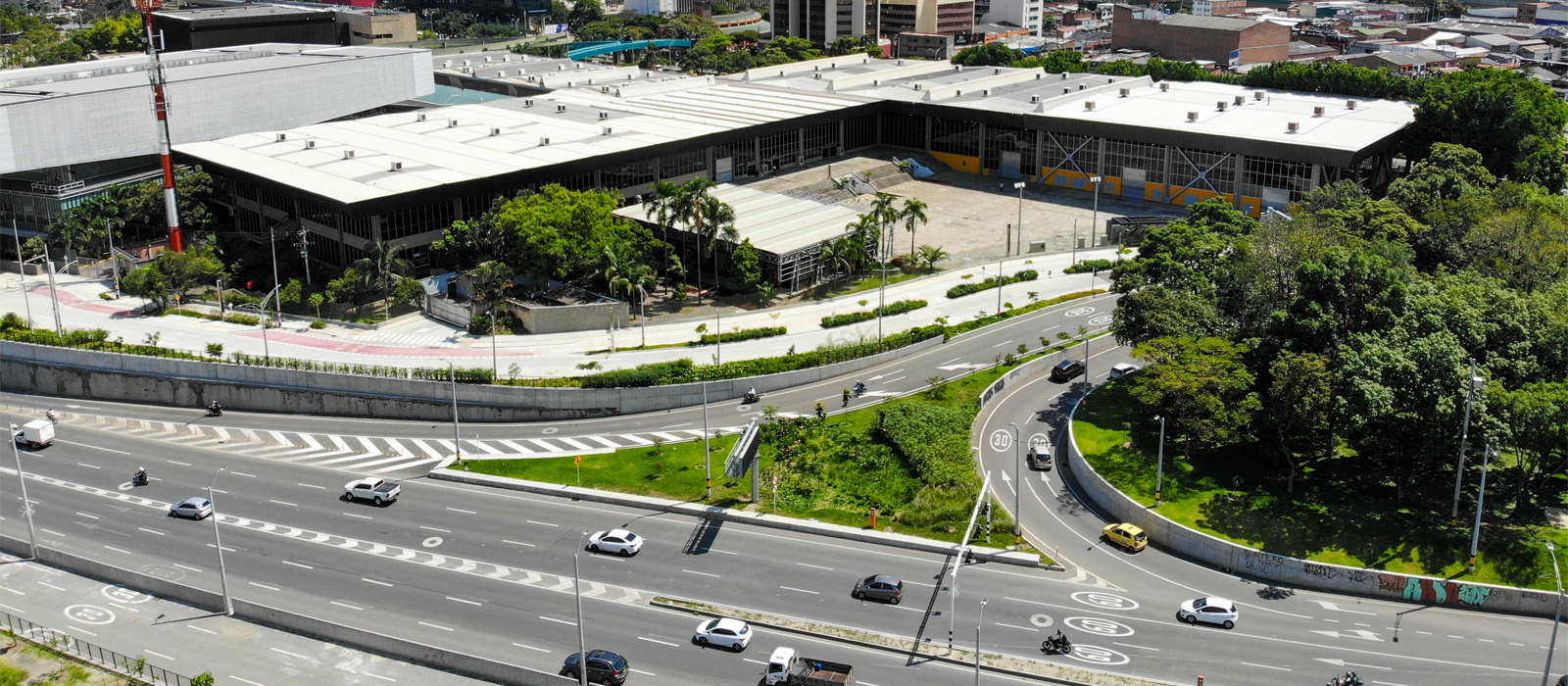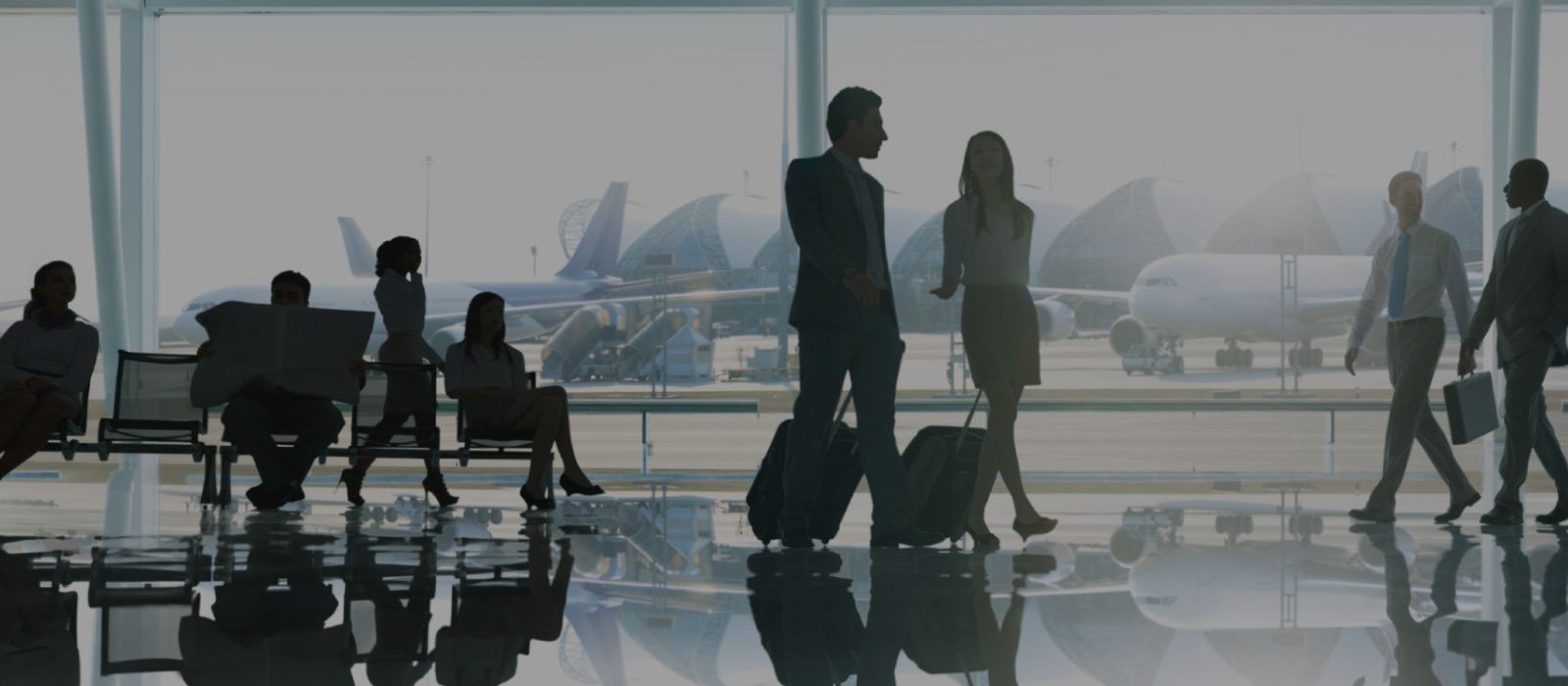Colombia-MICE is part of the Pelecanus Travel Group. We are located in Bogota, Colombia. We are specialized in corporate travel and all services around Meetings, Incentives, Conferences, and Exhibitions.
Exhibitions are key events for your business. And when you are interested in a foreign market, going to the country yourself and getting to know the terrain besides making new business contacts is ideal.
During the last years, Colombia has been gaining more recognition in the global economy. Sectors such as industry, commerce, and tourism are growing just as foreign investment. Therefore, the number of events held in the country aiming to promote trade and business opportunities is dazzling.
So, attending an exhibition in Colombia is quite an opportunity for foreign companies but might be shocking for new visitors. In this article, we will explain some aspects you need to take into account when attending an exhibition in Colombia.
Getting to the venue (transportation in Colombia)
Convention centers or fairgrounds are usually located near the city’s airport and the hotel zone. The venues may be about 20 minutes away by car or even within walking distance from your lodging. However, if the exhibition site is too far away to reach on foot, you should know that transportation in Colombia is a bit chaotic.
This is a problem inherent to the largest cities, namely Bogota, Cali, and Medellin (at least Medellin has a decent public transportation system). In these cities, the traffic is really annoying, and a 20-minute drive can easily turn into a 45 or 60-minute trip, also depending on the routes taken and the hour. Therefore, it is highly recommended to plan enough time to get to the venue. The same goes for the return to the hotel or the airport.
Also, it is better to order a taxi in an app or have the hotel call one for you, as those on the street usually take certain routes and won’t take you to your destination if it means making a detour. Or they will take advantage and charge you more if you look like a foreigner. So, if there is a flat rate from the beginning, you won’t have to worry.
Organization and culture in Colombia
If you are used to running like a Swiss watch, Colombia might stress you a little. Latin American culture, in general, is more spontaneous and less strict than that of Europeans or Asians. And this is not different in business. This is why you can feel shocked or uncomfortable with the way a tradeshow or a meeting is organized in Colombia.
What can be so different? You may ask.
Well, punctuality is not taken as seriously. So conferences may start later than expected whether it is because:
- the attendees don’t get in time,
- the audiovisual aids were not prepared in advance,
- or maybe because the host ran into an old acquaintance just before getting on stage and they could not miss the opportunity to catch up with each other’s life.
It is worth noting that not all the events start late, nor all Colombians are unpunctual. It is just a common possibility that you shouldn’t take as disrespect.
Another situation is that, although the layout of the stands is well-organized, there will be thousands of people going one way or the other without a specific order or direction. So, if you attend as a visitor, walking from stand to stand or getting to the wanted place can be challenging. This is common in big exhibitions all over the world anyways. What is important to mention is that the concept of personal space here is a little blur and you might see that people get too close when walking, greeting, or talking.
Language in Colombia
Although there are over 60 recognized indigenous languages with around a million speakers in Colombia, the official language is Spanish. Colombians hardly speak English, let alone French, German or Japanese, which can be a big issue when networking. You find bilingual staff in big airports, hotels, companies, and even maybe in fine restaurants, but apart from that, it is difficult that someone understands you.
Because of that barrier, it is advisable that you learn basic expressions to communicate basic needs or business jargon and a more professional vocabulary if you want to appear interested in the local market and respectful of the local culture. If this is not possible, however, a local interpreter will be of great help since there are quite different accents and slang depending on the region in the country. Anyways, Colombians are friendly people and will find a way to communicate with you if you show them you care.
Security in Colombia
There might be a perception of danger in Colombia and other Latin American countries for several reasons related to drug crime and guerrillas.
Colombia’s reputation is slowly changing worldwide since a peace agreement was signed in 2016, which implemented a ceasefire both from the largest local armed group and the military. It should not be denied that there are still traces of conflict in remote rural areas, but Colombian cities are safe for business travel and tourism in general.
Having said that, just as in any other country, crowded events are a feast for thieves. As a local would say, you shouldn’t “give papaya”. What this means is that you shouldn’t make it easier for thieves to rob you by wearing expensive accessories and taking out your smartphone (or leaving it in your back pocket) while you walk through the crowd. It is just a matter of common sense. Leave your expensive belongings in your hotel room and carry enough cash for the day, but not too much.
Planning logistics in Colombia
If you are an exhibitor at the trade show, the major recommendation is to plan your trip and the logistics for the exhibition well in advance.
As always, unexpected events can occur, and you must be prepared. For example, if you are flying to a city in the coffee triangle, your flight might be delayed or canceled because of weather conditions. Or for any destination, your local supplier of transport, guidance, or decoration for your stand may fail to carry out their job or not arrive on time, who knows. Giving them notice some days (and then some hours) before the event is a good option.
Also, bring many brochures and business cards to give out to your potential clients and partners. Bring some branded material too because Colombians love free things – and it could be a chance to increase your brand awareness locally.
Enjoy the exhibitions in Colombia!
Last, attending an exhibition in Colombia is an unforgettable experience, no matter the sector or industry involved.
People are so warm and there are plenty of cultural aspects to know, places to visit, and activities to do, apart from the fact that connecting with Colombian companies will expand your business. Just keep in mind the recommendations mentioned above and enjoy your time in Colombia. You will want to come again.





